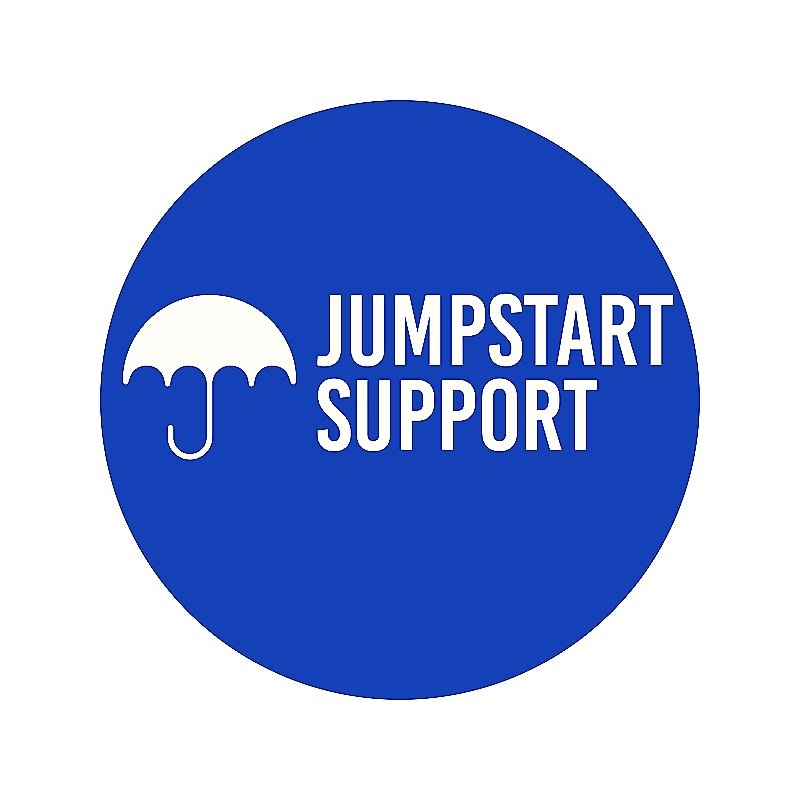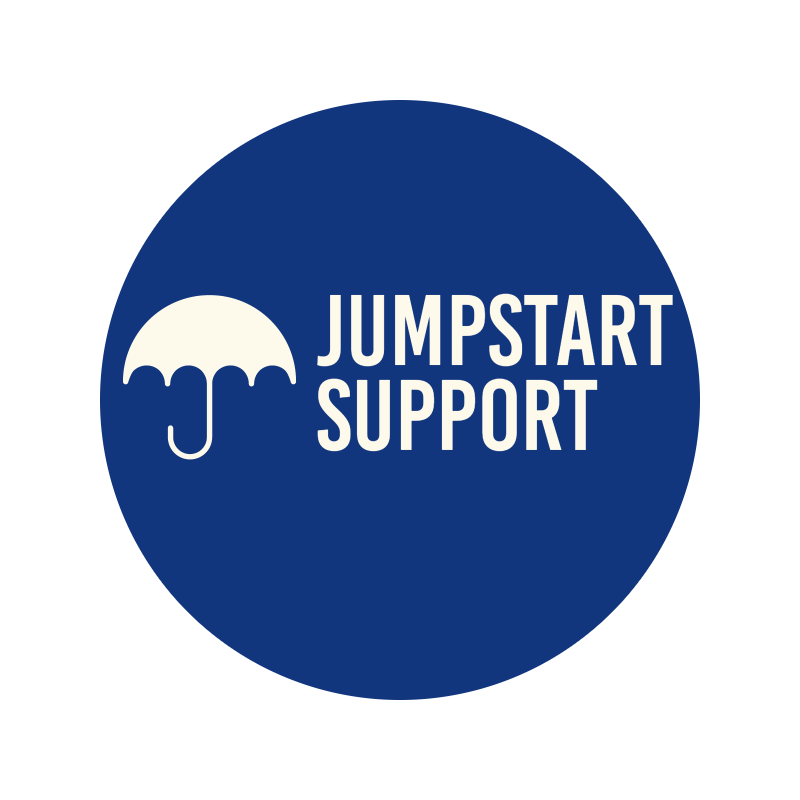Rethinking Traditional Interview Questions: Strategies for Neurodiversity Inclusion
Workplace diversity is not just a buzzword or a checkbox—it's a necessary step for businesses to flourish. Among the many facets of diversity, neurodiversity stands out, calling for organisations to abandon the one-size-fits-all approach, especially in their hiring practices. Neurodiverse individuals, who may be on the autism spectrum, have ADHD, or possess other neurological differences, bring unique strengths and perspectives. Hiring procedures designed to cater to a broader spectrum of talent are not only more ethical but also strategically sound, fostering innovation and driving performance.
However, the standard interview process often fails to assess these individuals fairly. Traditional interview questions, which heavily rely on social skills and communication, can disadvantage neurodiverse candidates. It's time we reevaluated these practices, exploring interview strategies that honour the abilities and potential of all applicants. This blog post delves into the world of neurodiversity and offers actionable guidance for recruiters, HR professionals, and hiring managers to create a more inclusive hiring environment.
Understanding Neurodiversity
Before changing our interview habits, it's crucial to understand what neurodiversity means and how it translates in the context of employment. Neurodiversity is the concept that neurological differences like autism, ADHD, dyslexia, and others are natural variations of the human genome. Just as we strive for diversity in gender, ethnicity, and culture, inclusion for these neurodiverse traits is equally essential.
Neurodiverse individuals often demonstrate remarkable skills, such as heightened pattern recognition, intense focus, and innovative problem-solving approaches. By recognizing these strengths, we can create a workforce that is not just diverse for diversity’s sake but genuinely enriched with unique capabilities.
Rethinking the Interview Process
Conversational and freestyle interviews, often centred around behaviour-based questions, can be a minefield for neurodiverse candidates. These questions presuppose certain social norms that not everyone can naturally adhere to, and failing to do so could inadvertently lead to a bias against these applicants.
An alternative approach that works well is 'structured interviews.' These involve asking a set list of standardised questions, which allows for fairer comparisons between candidates. Additionally, incorporating non-verbal assessments, such as work samples and technical skills tests, can bring out the best in neurodiverse candidates and provide a more accurate reflection of their abilities.
Key Strategies for Inclusive Hiring
Inclusive hiring is not an isolated event—it is a commitment woven into the fabric of your company's culture. Start by revising job descriptions to emphasise the skills required over the specific tasks. Leveraging a skills-based hiring model can eliminate unnecessary barriers and allow for a more diverse pool of talent.
Another effective approach is mentorship programs. Assigning neurotypical employees as mentors to neurodiverse hires can facilitate a smoother transition and help bridge any communication gaps that may arise.
Case Studies
A powerful way to demonstrate the success of inclusive hiring practices is through the use of case studies. By showcasing how other companies have reaped the benefits of a neurodiverse workforce, such as improved team dynamics, innovation, and employee morale, one can highlight the tangible returns on an inclusive investment.
For example, global companies like Microsoft and SAP have led the way in hiring and accommodating neurodiverse individuals, setting an example for others to follow. Their shared philosophies are built on recognizing the value of diverse thinking patterns and providing appropriate support for employees.
The Role of HR and Hiring Managers
The heart of any transformation towards inclusivity lies within the HR and hiring management. These individuals shape policies, mediate training sessions, and moderate the overall recruiting experience. It is their active participation and endorsement of these new paradigms that will set the tone for the entire organisation.
HR professionals should spearhead the educational process, familiarising teams with the philosophies of neurodiversity and the business case for its integration. Hiring managers can then operationalize these learnings, adapting their recruitment processes to accommodate a broader spectrum of candidates.
Conclusion
Neurodiversity is an opportunity, not a challenge. The benefits to the workplace are undeniable, from improved problem-solving to increased well-being among staff. By rethinking our approach to interviews and committing to inclusive recruiting practices, we not only expand our talent pool but also contribute to a more equitable society.
For recruiters and HR professionals who are ready to take the next step, the time to act is now. Start the conversation within your organisation, seek out industry partnerships, and above all, listen to the voices of neurodiverse individuals. Together, we can create workplaces that reflect the rich tapestry of human experience and potential. More resources and tools for implementing these strategies can be found on our website. Join the movement for neurodiversity, and begin redefining what success and inclusion look like in your workplace today.

